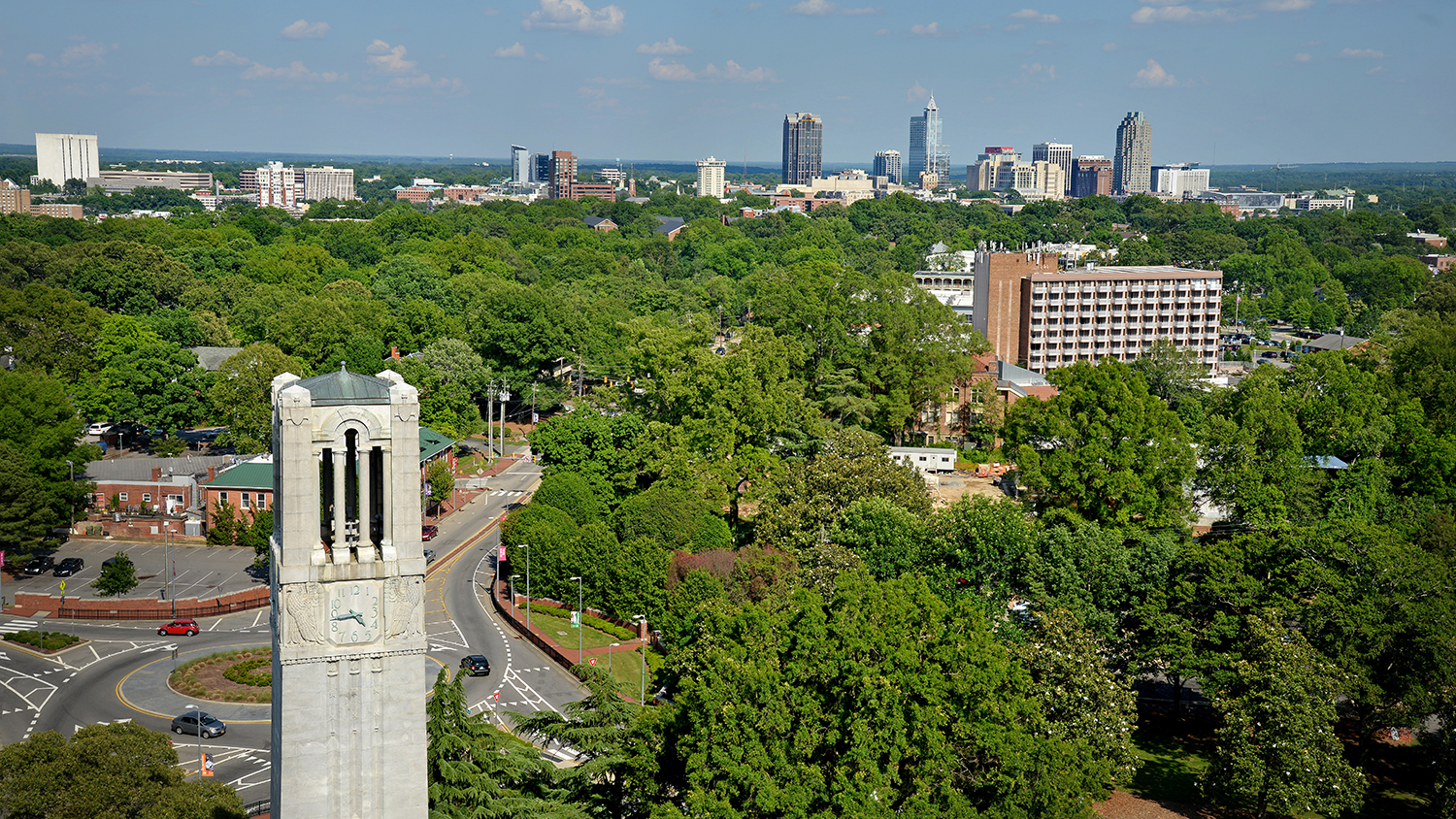You Decide: How is North Carolina’s Economy at Mid-Year?

By Dr. Mike Walden
The actor Tom Selleck was in a TV crime show series 30 years ago that my wife and I enjoyed. It was called Magnum PI, and the lead character – played by Selleck – would often say, “I know what you’re thinking,” as a humorous way of interacting with the audience. I want to borrow his phrase and say, “I know what you’re thinking – the fall of 2018 is almost here, so mid-year was months ago. Why are you writing about mid-year?”
Good question. We now live in a time of almost instantaneous information, so we’re used to being right up-to-date. Unfortunately, this isn’t the case with much of our economic information. In fact, one of the ironies of economic statistics is that national economic numbers are available much earlier than state and local data.
As a result, with the most recent economic numbers being from mid-year, this is the latest I can discuss. Don’t worry, I won’t overwhelm my column with numbers – even my eyes glaze over when I see number after number, and I’m an economist! Also, remember when I talk about trends, it doesn’t mean every person, household and business necessarily goes in the same direction as the trend.
Now on to the story. The overarching conclusion I take away from North Carolina’s economy of the first six months of 2018 is that it’s been a very good half-year. Jobs were added at a pace not seen since the early 1990s. In particular, manufacturing jobs made a big gain. The broadest measure of the state economy tracking total production from factories, farms and services gained for the sixth straight year.
The state unemployment rate also fell – which is good – and is very close to four percent. It wasn’t that long ago that this rate was over 11 percent.
This four percent unemployment rate is called the “headline rate” because it’s quoted in most of the media headlines, but it is well documented the headline rate has a couple of key problems. First, people who are out of work and want a job are not counted as unemployed unless they are actively seeking out employers. Second, people who are underemployed – by working part-time because they can’t find full-time work – are counted as totally employed.
The government has an alternative unemployment rate – with the totally uninspiring name of “U6” – which includes all workers without a job as unemployed, plus adds those working part-time because they can’t find full-time work as jobless. For North Carolina this “U6” unemployment rate just dropped to under eight percent (at 7.9%) and is now less than the national rate of 8.1 percent. This was the rate that almost reached 18 percent in our state during the worst of the Great Recession.
There’s also good news about the two major “economic divides” in North Carolina – the “occupational divide” and the “geographic divide”. The occupational divide refers to the fact that during most of the 21st century, job growth in North Carolina (indeed, in most states) has been concentrated in higher-paying jobs and lower-paying jobs, with little growth at all in middle-paying jobs.
This began to change in 2017 with faster growth in middle-paying jobs. If the first half-year trends continue for all of 2018, there will be a big shift. Middle-paying jobs – in areas like construction, manufacturing and transportation – are on track to increase (on a percentage basis) almost six-times faster than their annual average between 2009 and 2016.
There’s also been a turnaround in the geographic divide, which references the reality that most of North Carolina’s recent economic and job growth has been concentrated in the state’s large metropolitan regions. Again, if the first half-year trends continue, still over 60 percent of net new jobs will be in the state’s top five metro regions during 2018. But in terms of percentage growth, rural counties will have faster job growth rates then metro counties.
There are a couple of negatives in the mid-year numbers. Residential housing construction appears to have slowed from its strong pace during the previous three years (2015, 2016, 2017). This may be a reaction to over-building in some parts of the market, or the bite of higher interest rates for financing may be having an impact.
Also, while workers – on average – are getting better pay raises, those increases are being eaten up by faster price inflation. Consequently, average worker wages – after adjusting for inflation – have been stagnant during the last two years. If it’s any consolation, North Carolina’s average wage rate has moved slightly closer to the national average since 2014.
Yet as someone who has tracked the North Carolina economy for over 40 years, and who has written two books and numerous reports about our state’s economy, I have to say the first six months of 2018 have been very impressive.
The big question is – will it continue? There are numerous issues at the national level – trade, debt and interest rates to name a few – that can work against economic growth in the future. But right now, most economists see the economic ship continuing to sail briskly for the rest of this year and into 2019. Let’s hope the lookout on that ship has clear eyes. You decide!
______________________
Walden is a William Neal Reynolds Distinguished Professor and Extension Economist in the Department of Agricultural and Resource Economics at North Carolina State University who teaches and writes on personal finance, economic outlook and public policy.
- Categories:


